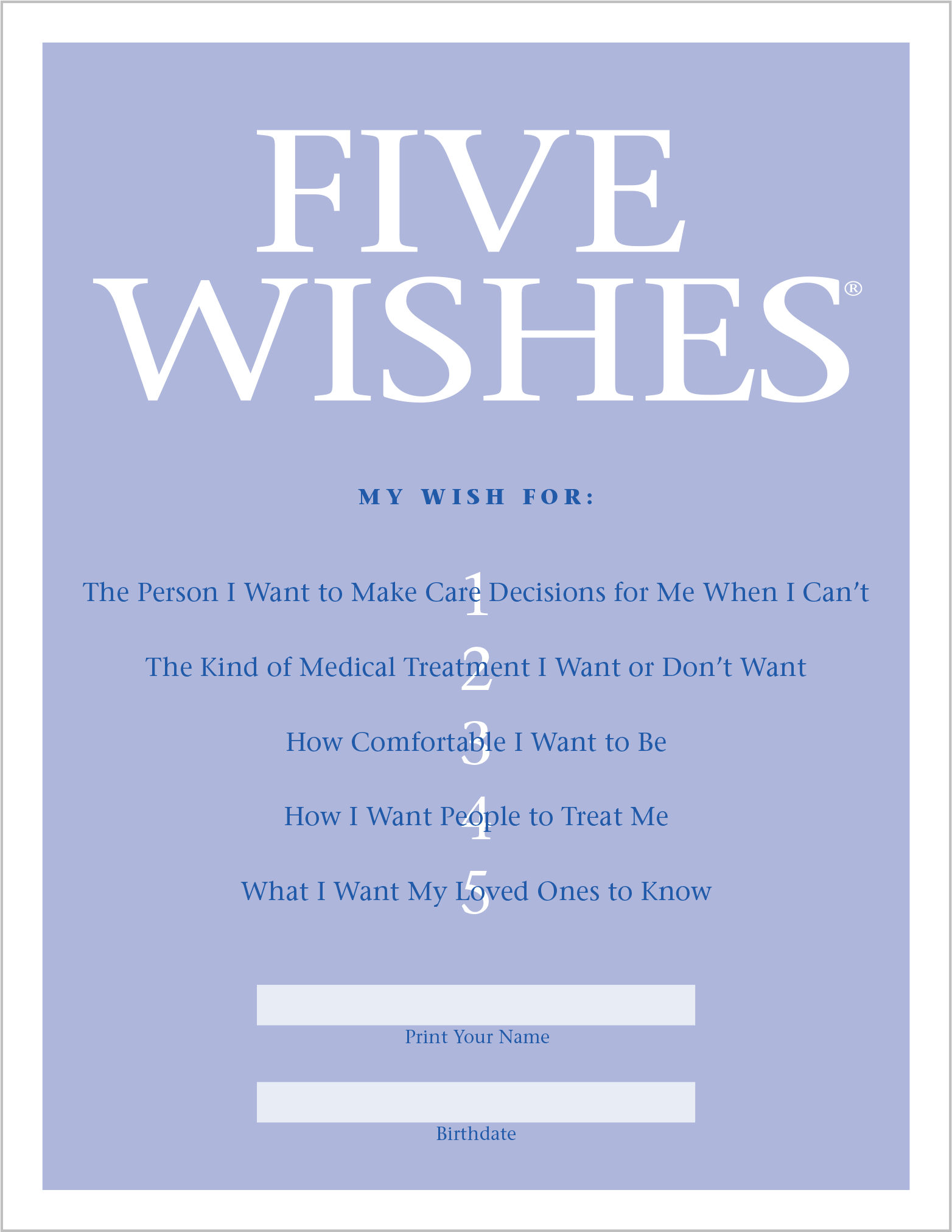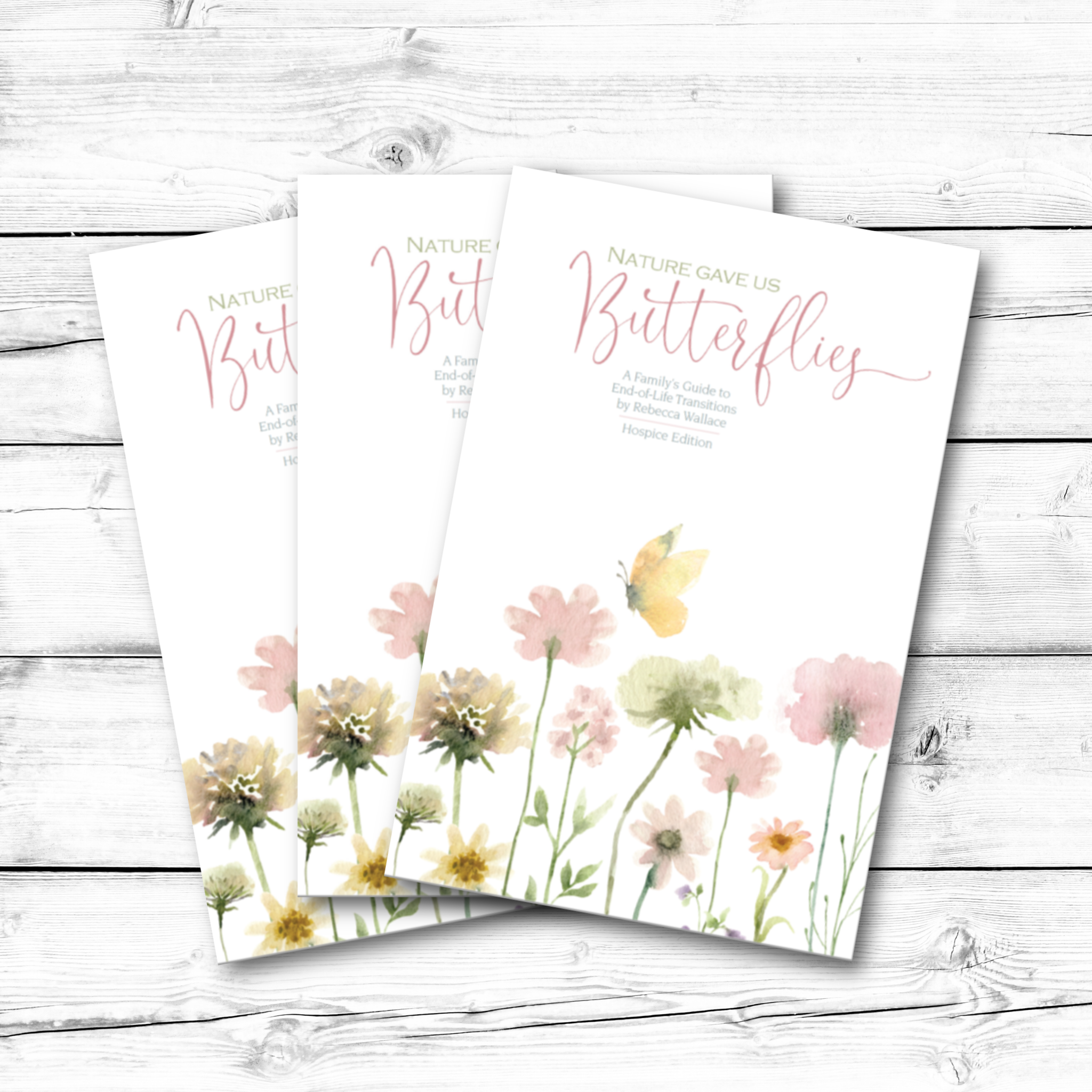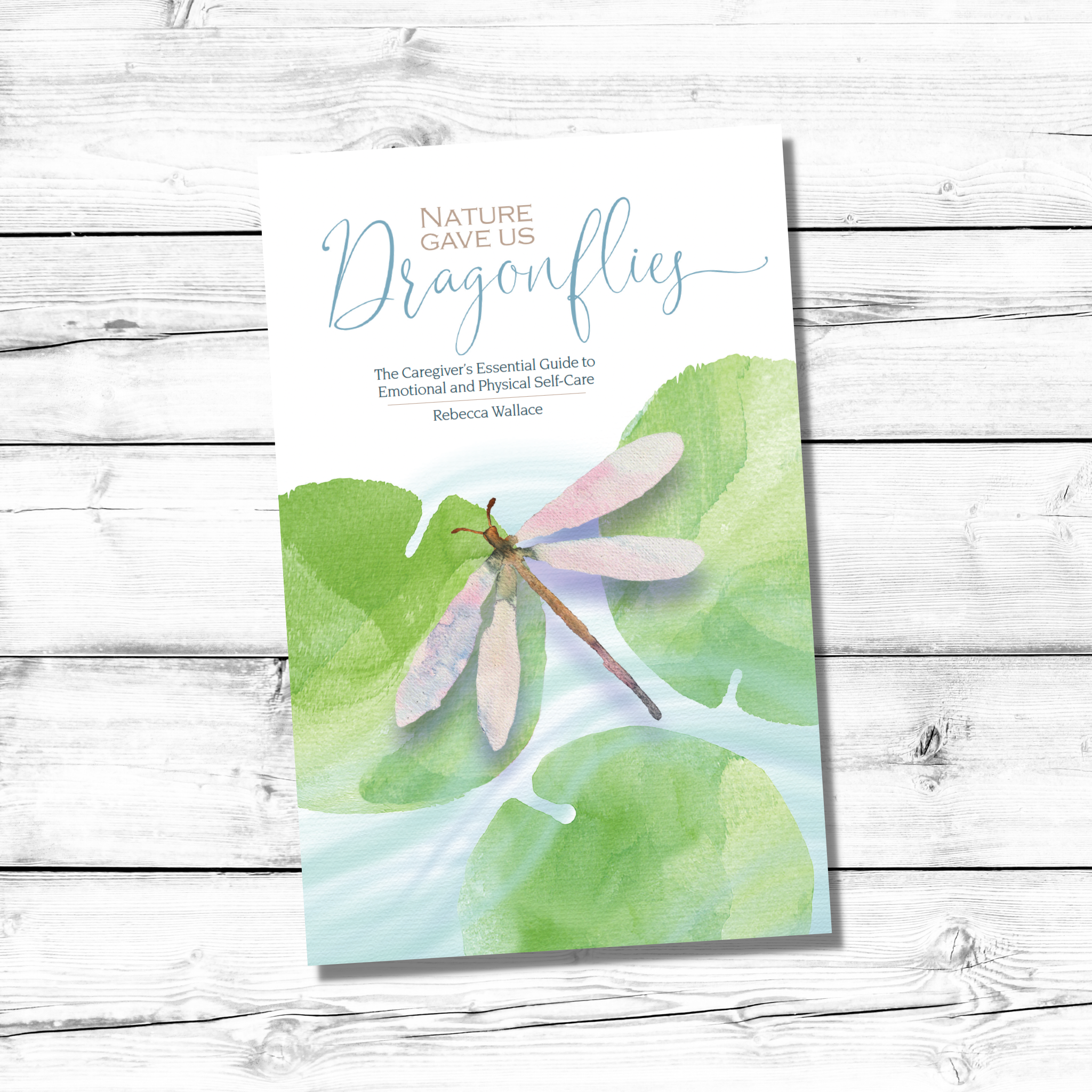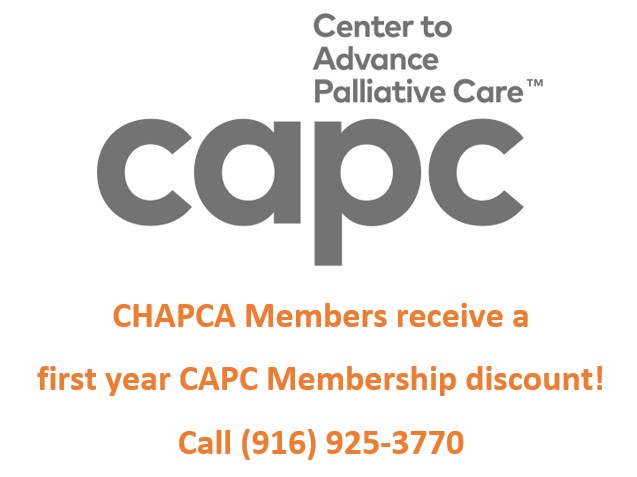- What is Hospice and Palliative Care?
- History of Hospice
- What is Hospice Care?
- What is Palliative Care?
- What is Aid in Dying?
- Don't Wait to Talk about the Care You Would Want
- Caregiving, What’s Your Plan?
- Life Stories Create Memories
- Advance Directives
- Get Your Advance Care Planning Guide
- Choosing a Hospice or Palliative Care Provider
- Grief and Loss
- CHAPCA Resources Library
- Additional Helpful Websites
- Hospice Fraud
- Program | Services | Jobs
- Join CHAPCA
- Donate | Advocate | Volunteer
- About Us
Quality information is essential for you and your loved ones.California Hospice and Palliative Care Association's mission is to ensure that you and your loved ones are prepared and informed about choices related to serious illness, end-of-life care, palliative care, and grief support after a loss.Not having access to quality information means not being able to make informed choices about how to approach care and support for you and your loved ones at one of the most challenging and vulnerable times in your or a loved one's life.California Hospice and Palliative Care Association's library of booklets is available only to the general public. A $10.00 suggested donation for each booklet will ensure that the Association will continue providing the resources Californians desperately need.Please call CHAPCA 916-925-3770 to donate or if you have questions. We are here to help.CHAPCA Resources
Order HereFIVE WISHES(ADVANCE CARE DIRECTIVE)
Five Wishes
More than 40 million people used the original user-friendly advance directive.
As an easy-to-use legal document written in easy-to-understand terms
1. The person I Want to Make Care Decisions for Me When I Can't
2. The Kind of Medical Treatment I want or Don't Want 3. How Comfortable I Want to Be 4. How I want People to Treat Me 5. What I want my Loved Ones to Know
SAMPLE PDF
Please call CHAPCA 916-925-3770 to donate or if you have questions Food, Fluids, and Feelings: Understanding the Body’s Needs at the End of LifeOne of the most challenging issues to help family members and caregivers understand is the needs of the body at the end of life. When the patient begins to refuse food and fluids, family members feel afraid and helpless. Simply said, food is love in many families, and caregivers naturally want to feed their loved one whose health is declining. This Pocket Guide will assist families what the body of a dying person needs. It gently reviews the effects of extra fluid on the body of a dying person, affirms the feelings and good intentions of the caregiver, educates about the emotions associated with caregiving and wanting to feed their loved one, and provides suggestions for other methods of comforting during the active dying phase.
Please call CHAPCA 916-925-3770 to donate or if you have questions If I Could Ask You for Anything: 5 Heartfelt Requests of a Grieving PersonOne of the most commonly heard heartaches from the bereaved is how they feel misunderstood in their grieving process. Loved ones who surround the bereaved person try their best to console and understand, but still, the heartache of grief coupled with the loneliness of feeling misunderstood and the pressure to heal and move on leads to more difficulty in coping for the bereaved. This Pocket Guide offers the words to explain what the grieving person is experiencing at a time when words are hard to come by. Share this pocket guide with their family and friends to help them identify their needs and ask for what they need - acceptance, patience, compassion, and presence. Please call CHAPCA 916-925-3770 to donate or if you have questions Nature Gave Us Butterflies: A Family’s Guide to End-of-Life Transitions, Hospice EditionAffectionately known as the hospice "butterfly book," Nature Gave Us Butterflies helps the caregiver understand pain management, breathing changes, confusion, agitation, skin changes, changes in elimination, socialization, withdrawal, and other important topics. The author gently relates the patient’s changes to the metamorphosis of a caterpillar becoming a butterfly, using nature metaphors to support the retention of information during an overwhelming time
Please call CHAPCA 916-925-3770 to donate or if you have questions
Nature Gave Us Dragonflies: The Caregiver’s Essential Guide to Emotional and Physical Self-careNature Gave Us Dragonflies booklet is filled with topics caregivers face, written with a supportive tone and carefully-crafted words to reinforce a caregiver journey. Caregivers find this booklet an invaluable resource with topics:
All of these topics are addressed while naming the attributes and abilities of the dragonfly: flexibility and resilience, preparation, insight and wisdom, and conserving energy.
Please call CHAPCA 916-925-3770 to donate or if you have questions The 10 Essentials of Healthy Grieving Pocket GuidesThis guide is designed to help the bereaved understand they can make an active choice in processing their grief. While we can't (and shouldn't) take away their grief experience, we can offer ways to help them work through it. 10 Essentials to Healthy Grieving can empower them to actively work through surges of grief. Repeated efforts to process and heal their grief build upon each other, creating habits that support the grieving process and create good self-care.
Please call CHAPCA 916-925-3770 to donate or if you have questions
The Active Dying Process: What to Expect and How You Can Comfort Your Loved OneThe active dying phase can be a tender or confusing time as loved ones gather to “sit vigil” during the time with a patient is actively dying. The front of the guide offers information on the physical signs and symptoms, and the back side offers information on emotional and spiritual symptoms.
Please call CHAPCA 916-925-3770 to donate or if you have questions The Nature of Grief: Healing & Honoring the Seasons of LossThis booklet is not just information, but affirmation and comfort in a soothing, gentle manner using the nature metaphor of the changing seasons to understand the four tasks of grief and how we move through them. A touchstone for the bereaved, inclusive for men or women, this booklet details what is normal, natural and necessary in the grieving process.The use of nature metaphors is a universal, non-threatening way to help everyone relate to and understand the grief experience.
Please call CHAPCA 916-925-3770 to donate or if you have questions
The Whisper of the Fallen Oak: A Family’s Guide to Early, Middle, Late and End-stage DementiaThe Whisper of the Fallen Oak is an all-in-one primer for family members and caregivers of dementia patients. Covering the early, middle, late, and end stages of dementia, this carefully crafted booklet informs without overwhelming while using the metaphor of the oak tree life cycle. At a stressful or traumatic time in their lives, caregivers may:
This booklet reinforces your teaching and gently supports them in this difficult time, resulting in caregivers experiencing more confidence in their knowledge and abilities to care for and interact with their loved one. Caregivers who have read The Whisper of the Fallen Oak report feeling relieved, reassured, and hopeful. Using nature metaphors makes emotionally difficult materials easier to digest and remember. Using the life cycle of the oak tree, the reader is gently educated and supported through a myriad of details that can easily overwhelm. Highlights and topics covered:
Please call CHAPCA 916-925-3770 to donate or if you have questions
Order Here
|










